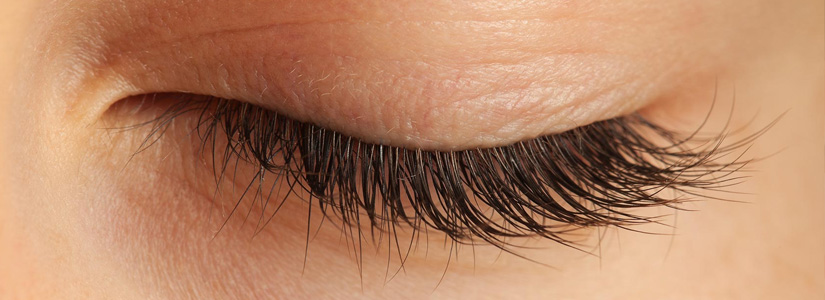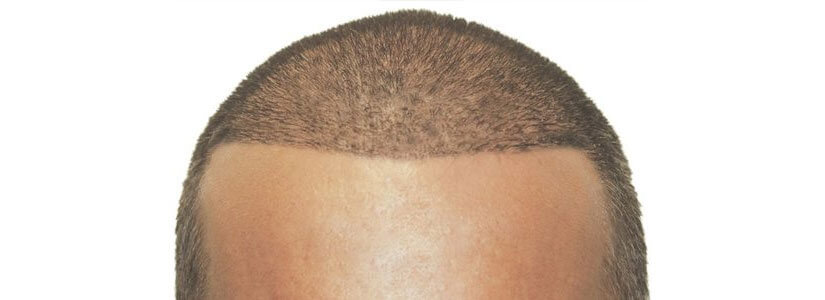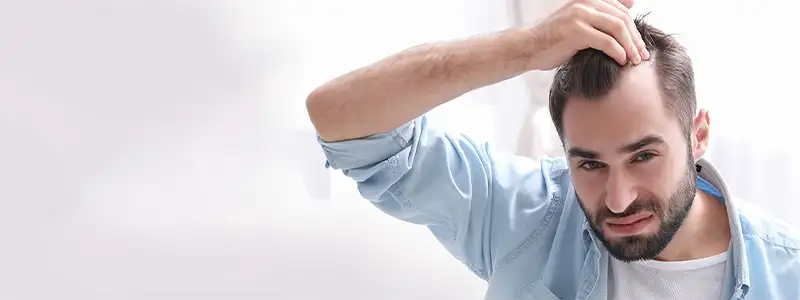Why Should I Consider Corrective Hair Restoration Surgery?
December 11, 2017

Eyelashes protect the eye from damage, dirt and coarseness. Eyelashes frame the eyes, and together with eyebrows, hairline, cheek bones, nose, lips make the facial appearance that is exceptional to each person. A person without eyelashes has strange appearance since they need one of the essential anatomical points of interest of facial look.
90 years prior, Dr. Franz Krusius, a German doctor, published his procedure for recreation of lost eyelashes by reaping scalp hair with a little punch and transplanting benefactor hair into the eyelid with a needle that he designed. In 1917, German doctor Dr. P. Knapp, embedded into the eyelid a composite free graft strip from the eyebrow. Papers published from the 1930s through the 1950s, numerous from Japan, kept on propelling strategies of eyelash reproduction.
In 1980, Emmanuel Marritt MD, an individual from the International Society of Hair Restoration Surgery, distributed his method for transplantation of single contributor hairs from the scalp into the eyelid for eyelash reproduction. Around the same time of 1980, Robert Flowers MD, reported a “cull and sew” procedure of eyelash reproduction that is being used today form by doctor hair reclamation experts.
Physical Examination and Medical History
Each individual being considered for eyelash transplantation must have an entire physical examination and lab tests if showed and should give a point by point restorative history.
Persistent/Physician Consultation and Agreement
Preoperative Preparation of eyelash hair transplant
Each surgical strategy requires preoperative arrangement.
Contributor hair transplanted to the eyelid must match the nature of eyelashes however much as could reasonably be expected. The transplanted hair will keep on growing in the eyelid; as it develops, the patient should take after the transplanted hair and trim them accordingly.
Donor areas usually include the areas of the back of the neck or the scalp above or behind the ears. In few cases, hair is also utilized from the eyebrows and legs for the transplantation procedure.
Transplantation Technique
Dr. Cagatay Sezgin is a celebrity hair transplant surgeon with over 20 years of experience in hair transplantation and restoration. He is the First Turkish Board Surgeon to become a member of the International Society of Hair Restoration Surgery (ISHRS) and the Asian Association of Hair Transplant Surgeons (AAHRS). Moreover, he has the honor of becoming the first hair transplant surgeon in the world to perform hair, eyebrow, and beard transplantation all in one case and that too in a single session.

December 11, 2017

April 4, 2018

January 14, 2021